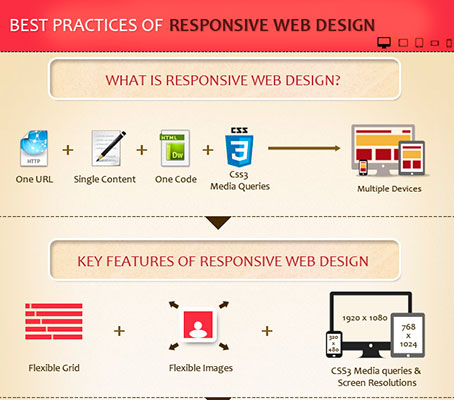Keen To Uncover How Site Style Has Changed In Time? Study The Evolution From Simpleness To User-Focused Experiences.
Keen To Uncover How Site Style Has Changed In Time? Study The Evolution From Simpleness To User-Focused Experiences.
Blog Article
Post Writer-Carstens Wong
In the past, websites were easy and focused on details. Navigation was straight, and design was for desktop computers. Currently, user experience is essential. Information guides styles for simple navigation. Receptive designs suit various tools. Today, dark setting decreases strain, and minimalist food selections boost navigating. Interactive features engage customers, and strong visuals stand out. AI assimilation boosts engagement. See exactly how style has actually evolved to enhance your online journey.
Early Days of Website Design
In the early days of website design, simplicity reigned supreme. Websites were fundamental, with limited shades, font styles, and layouts. The emphasis got on providing details as opposed to fancy visuals. Customers accessed the web with sluggish dial-up links, so speed and capability were key.
Navigation food selections were straightforward, generally located at the top or side of the page. Web sites were made for desktop, as mobile browsing had not been yet prevalent. Content was king, and developers focused on very easy readability over complicated layout elements.
HTML was the primary coding language utilized, and developers had to function within its restrictions. Animations and interactive features were very little contrasted to today's criteria. website and seo packages were static, with little vibrant content or individualized user experiences.
Rise of User-Focused Style
With the development of internet site layout, a shift towards user-focused layout principles has ended up being increasingly famous. Today, producing websites that prioritize individual experience is crucial for involving visitors and achieving business goals. User-focused style entails understanding the needs, preferences, and actions of your target market to tailor the internet site's format, web content, and features as necessary.
Designers currently conduct complete study, such as individual surveys and functionality screening, to gather understandings and comments straight from users. This data-driven approach assists in developing user-friendly navigation, clear calls-to-action, and aesthetically enticing interfaces that reverberate with visitors. By putting the individual at the facility of the layout procedure, sites can provide a much more customized and pleasurable experience.
Responsive design has also emerged as an essential aspect of user-focused layout, making certain that internet sites are maximized for numerous gadgets and display sizes. This flexibility enhances availability and usability, accommodating the varied ways individuals interact with internet sites today. Essentially, the surge of user-focused design indicates a shift in the direction of creating electronic experiences that prioritize the requirements and expectations of the end individual.
Modern Trends in Web Design
Check out the most recent patterns shaping web design today. One prominent trend is dark setting style, offering a streamlined and contemporary appearance while decreasing eye strain in low-light environments. An additional crucial fad is minimalist navigating, simplifying menus and enhancing customer experience by focusing on essential elements. Incorporating simply click the next internet page -interactions, such as animated buttons or scrolling impacts, can develop a more engaging and interactive website. Responsive style remains critical, guaranteeing seamless user experiences throughout numerous gadgets. Additionally, utilizing vibrant typography and asymmetrical designs can add visual rate of interest and accentuate details material.
Integrating AI modern technology, like chatbots for client support or tailored recommendations, enhances individual interaction and improves procedures. Ease of access has additionally become a significant fad, with designers focusing on inclusive style methods to satisfy diverse customer requirements. Accepting sustainability by maximizing website performance for speed and effectiveness is another arising pattern in web design. Teaming up with customer feedback and information analytics to repeat and improve layout constantly is vital for remaining relevant in the ever-evolving electronic landscape. By embracing these modern-day patterns, you can create a visually appealing, user-friendly site that resonates with your target market.
Verdict
As you review the advancement of internet site design from the early days to currently, you can see exactly how user-focused style has actually ended up being the driving pressure behind modern trends.
Welcome the trip of change and adaptation in website design, always keeping the customer experience at the forefront.
Keep present with the most recent patterns and innovations, and never quit advancing your method to create aesthetically magnificent and easy to use internet sites.
Develop, adjust, and create - the future of web design remains in your hands.
